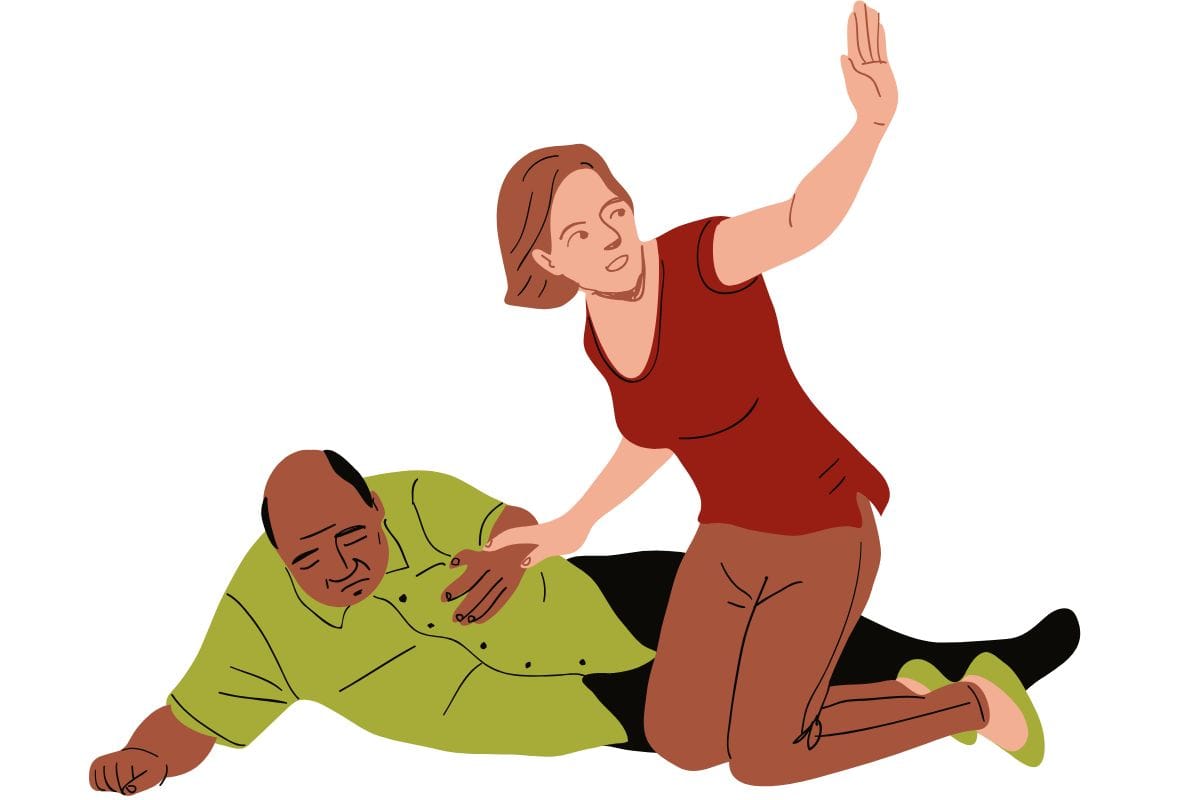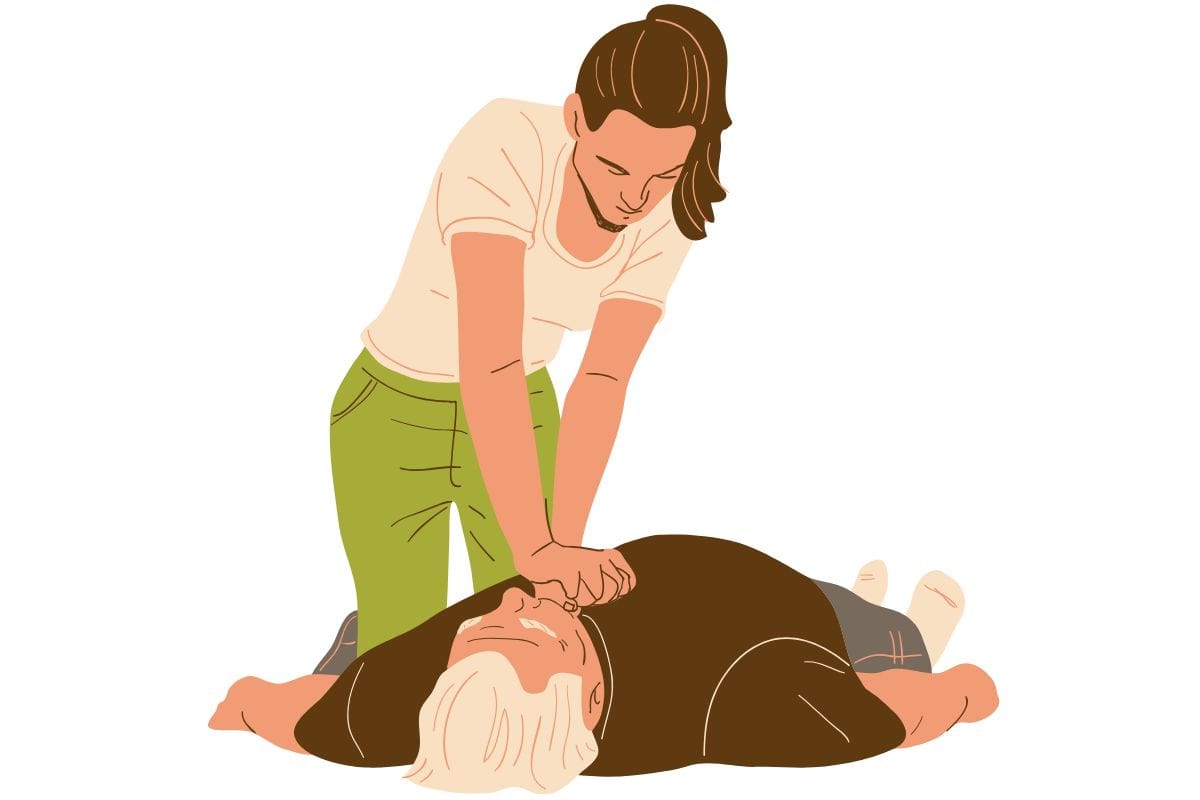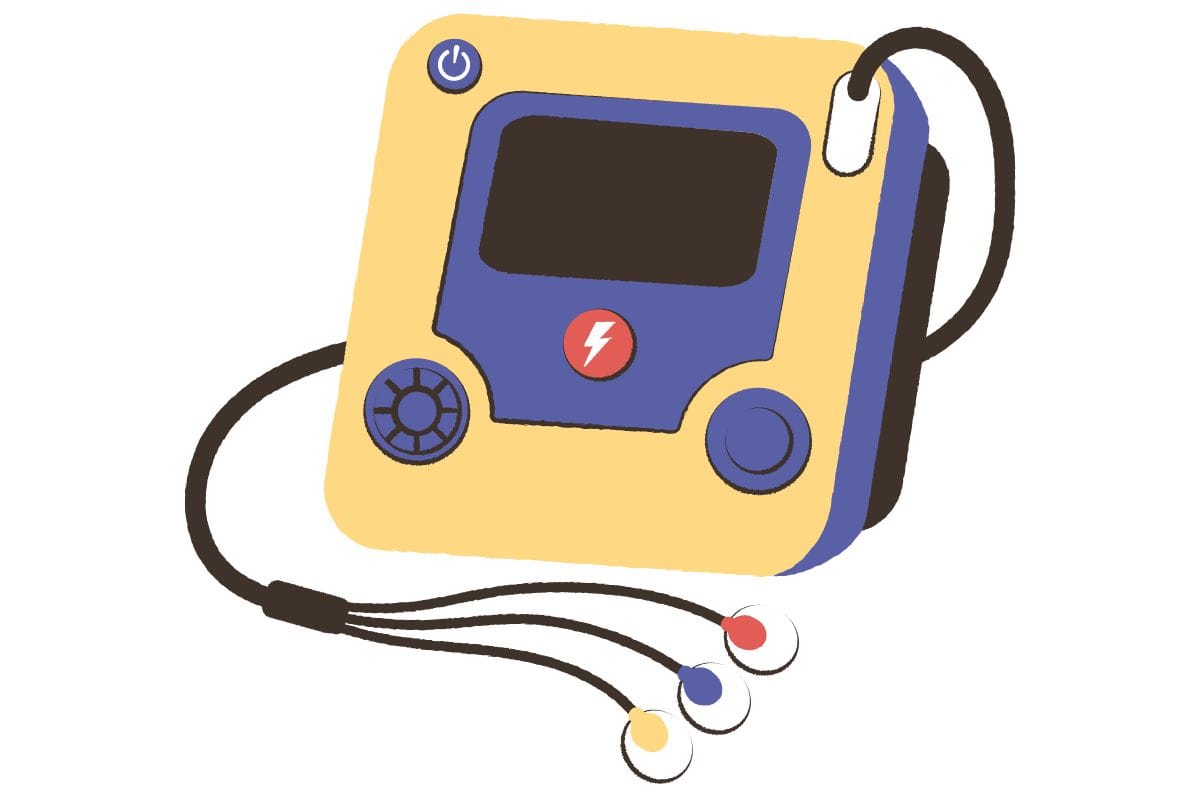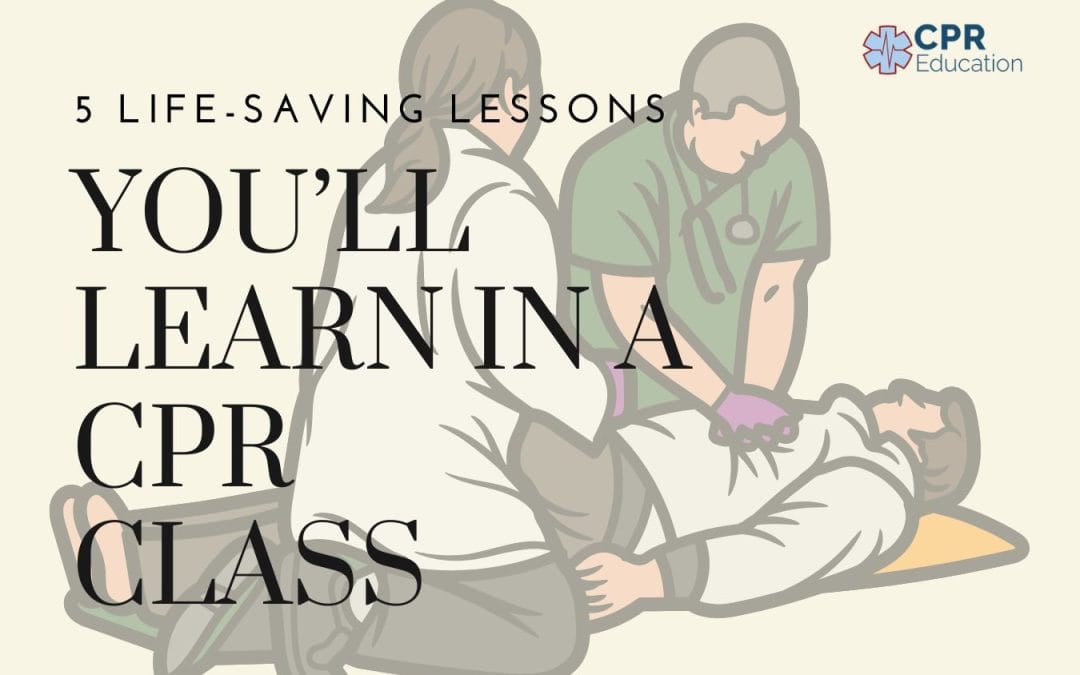When emergencies strike, every second matters. The ability to perform CPR (Cardiopulmonary Resuscitation) can be the difference between life and death, making it one of the most vital skills anyone can learn. Knowing how to respond confidently can save lives, whether it’s a cardiac arrest at home, a workplace accident, or an unforeseen emergency in public.
CPR isn’t just for medical professionals—it’s a skill everyone should have. From parents and teachers to coworkers and community members, training in CPR equips you to step up in critical moments and make a profound difference.
In this blog, we’ll explore five life-saving lessons you’ll gain from a CPR class and how they prepare you to act decisively when it matters most.
Recognizing Cardiac Arrest and Emergencies
One of the first skills you’ll master in a CPR class is identifying when someone is in cardiac arrest or experiencing another life-threatening emergency. Recognizing the signs is critical to taking swift and effective action.
How to Identify Cardiac Arrest Symptoms
Cardiac arrest often strikes without warning. Key signs to watch for include:

- Sudden collapse: The person may fall unconscious unexpectedly.
- Unresponsiveness: They do not respond to touch or verbal cues.
- Abnormal or no breathing: Breathing may stop entirely or appear as gasping.
It’s important to understand the difference between a heart attack and cardiac arrest. While a heart attack occurs due to blocked blood flow to the heart, cardiac arrest is an electrical malfunction that causes the heart to stop beating entirely. A heart attack can sometimes lead to cardiac arrest, but the immediate response steps differ.
Understanding the Critical Importance of Time
Time is a life-saving factor when someone’s heart stops. CPR training emphasizes the “chain of survival,” which includes:
- Early recognition of cardiac arrest and calling for help.
- Immediate CPR to keep blood flowing to vital organs.
- Rapid defibrillation to restart the heart using an AED.
- Emergency responders provide advanced medical care.
- Post-cardiac arrest care to support recovery.
Every minute without CPR or defibrillation decreases survival chances by about 10%. Acting quickly and confidently can significantly improve outcomes, making this lesson one of the most essential in CPR training.
Performing Hands-Only CPR
When a person experiences cardiac arrest, immediate action can mean the difference between life and death. Hands-only CPR is a simple yet powerful technique anyone can use to keep blood circulating until professional help arrives. CPR classes provide the knowledge and confidence to perform this life-saving intervention effectively.
The Basics of Hands-Only CPR
Performing hands-only CPR involves two critical steps:

- Check responsiveness: Gently tap the person and ask if they’re okay. If there’s no response, proceed to step two.
- Call for help: Dial 911 or ask someone nearby to do so. Then, begin chest compressions immediately.
Step-by-Step Guide:
- Hand placement: Place the heel of one hand in the center of the chest, just above the sternum. Put your other hand on top, interlacing your fingers.
- Compression depth: Push hard and fast, compressing the chest at least 2 inches deep. Aim for a rate of 100–120 compressions per minute, matching the beat of a song like “Stayin’ Alive.”’
Continue compressions until emergency responders arrive or the person shows signs of life.
Common Mistakes and How to Avoid Them
Even with training, some mistakes are common during hands-on CPR. Here’s how to avoid them:

- Not pressing hard or fast enough: Effective chest compressions require significant effort. Use your body weight to apply adequate force and maintain a steady rhythm.
- Interrupting compressions: Minimize breaks to keep blood circulating. If switching with another responder, coordinate to ensure continuous compressions.
Using an Automated External Defibrillator (AED)

An Automated External Defibrillator (AED) is a critical tool for saving lives during a cardiac arrest. It is designed to shock the heart back into a normal rhythm, and knowing how to use one can improve the chances of survival. CPR classes include hands-on AED training, ensuring you’re confidently prepared to use this device in an emergency.
What an AED Does and Why It’s Critical
An AED is a portable device that analyzes the heart’s rhythm and, if necessary, delivers a shock (defibrillation) to help restore a normal heart rhythm.
How it works: The AED uses adhesive pads on the chest to detect electrical activity. If it detects an abnormal rhythm, it advises a shock to reset the heart.
Role in CPR: AEDs are used with CPR to maximize survival chances. CPR maintains blood circulation, while the AED provides the electrical shock needed to restart the heart. Early use of an AED increases the likelihood of survival.
Practical Tips:
- Stay calm: AEDs are user-friendly, and the voice prompts will guide you.
- Use in public places: AEDs are often located in public spaces. Familiarize yourself with their locations and how to access them quickly in case of an emergency.
With AED training, you’ll gain the confidence to use the device effectively, improving the chances of saving someone’s life during a cardiac emergency.
Adapting CPR for Different Situations
In CPR training, it’s essential to understand that CPR is not a one-size-fits-all procedure. Different emergencies may require slight adjustments to deliver them effectively and safely.
The Context of the Emergency
The circumstances of an emergency play a critical role in how CPR is performed. Recognizing the context can influence your approach, whether the incident involves a medical condition, trauma, or drowning victim. Adaptations may be required based on the situation’s specifics, but the key elements of CPR—chest compressions and airway management—remain consistent.
Adapting to the Environment

Environmental factors, such as performing CPR in wet conditions, confined spaces, or hazardous areas, can affect how you perform CPR. Assessing the environment quickly will help you make the necessary adjustments to perform CPR effectively and safely. For instance, if you’re in an unsafe area, consider first moving the person to a safer location.
Building Confidence to Act in Emergencies

In an emergency, hesitation can be the difference between life and death. One of the most valuable lessons in CPR training is building the confidence to act quickly and effectively, even if you’ve never been in a life-threatening situation before. CPR classes are designed to teach the necessary skills and empower you to take immediate action when every second counts.
Overcoming the Fear of Doing CPR Incorrectly
It’s common to worry about doing CPR incorrectly, especially if you’ve never had to perform it in a real-life situation. However, the most important thing is doing something rather than doing nothing.
- Reassurance: In CPR, the risks of harm are minimal compared to the potential benefits. Hands-only CPR is straightforward and effective even if you don’t perform it perfectly.
- Practice and repetition: Through hands-on training, you can practice CPR techniques repeatedly, reinforcing the correct actions and building muscle memory. With each repetition, your confidence will grow, making it easier to act without hesitation when needed.
CPR classes combine skill-building with legal reassurance, giving you the confidence and knowledge to take charge when it matters most.
Why CPR Classes Are for Everyone
CPR is not just a skill for healthcare professionals—it’s a vital tool for anyone who might find themselves in an emergency. Whether you’re a parent at home, a teacher in the classroom, or a bystander on the street, the ability to perform CPR could be the difference between life and death.
CPR Education strongly believes that everyone should have access to this life-saving knowledge. Our classes are designed to be engaging and accessible, providing clear, step-by-step instructions that anyone can follow. Whether learning infant CPR or using an AED, each course empowers you to act confidently in a critical situation.
With CPR Education’s hands-on approach, students learn the techniques and practice them in realistic scenarios to ensure they’re prepared when it counts. Our courses are tailored to meet the needs of diverse individuals, ensuring that everyone, regardless of background or experience, can acquire the skills necessary to save a life. Don’t wait for an emergency to realize you could have helped—sign up for a CPR class today and be ready to take action when someone needs you most.
Be the Difference in an Emergency
These are five essential lessons from CPR training—recognizing cardiac arrest, performing hands-only CPR, using an AED, adapting CPR for different populations, and building the confidence to act are critical for saving lives in emergencies. These skills don’t just teach you the physical steps of CPR, but also prepare you mentally to take immediate action when it’s needed most. The empowerment and confidence gained through CPR Education’s courses allow you to step up without hesitation, knowing you have the tools to make a life-saving difference.
Ready to be prepared? Sign up for a CPR class with CPR Education today. Equip yourself with the knowledge and confidence to act in an emergency and be the difference between life and death when it matters most.

